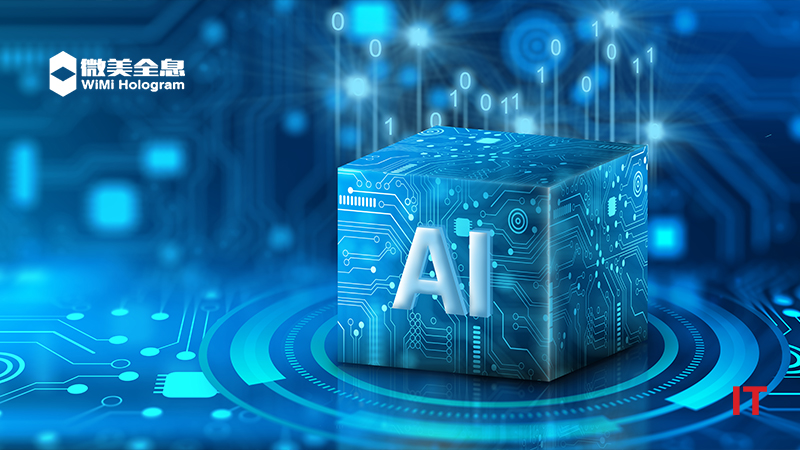WiMi Hologram Cloud Inc, a leading global Hologram Augmented Reality (“AR”) Technology provider, announced that it developed the technology “HoloMuxAI: deep learning assisted holographic polarization multiplexing”, which is an innovation based on the framework algorithms of unsupervised deep learning computer-generated holography. The innovation of this technology lies in the application of deep learning, i.e., unsupervised learning methods to directly obtain profiles of hypersurface structures from independent holograms.
WiMi’s HoloMuxAI: deep learning-assisted holographic polarization multiplexing combines deep learning and hologram processing to simplify the design and generation of polarization multiplexed holograms. The following are the main components of the HoloMuxAI technology framework:
Data input: This part is used to accept the input data provided by the user, including the polarization information of the hologram and other relevant parameters.
Deep learning: This is the core of the technology and includes a trained deep learning neural network. The architecture and parameters of the model are carefully designed to suit the hologram processing task.
Hypersurface generation: Once the deep learning model receives the input data, it generates the structural profile of the hypersurface, which is key to achieving the desired polarization multiplexing.
Hologram generation: Using the generated hypersurface structure, it is combined with the input hologram parameters to generate the final holographic polarization multiplexed image.
Output: The final hologram can be digitally output for display, storage or further processing.
Feedback and improvement: The technology framework also includes feedback mechanisms to continuously improve the performance and accuracy of the deep learning model. This can be achieved by monitoring performance and user feedback in real-world applications.
HoloMuxAI technology:
Data acquisition and preparation: First of all, it is necessary to acquire a set of independent hologram samples that contain information in different polarization states. These samples can be generated through experiments or computational simulations. Each hologram sample needs to be represented in digital form and contain Jones matrix information.
Deep learning network design: Next, a deep learning neural network is used to learn the hypersurface structure profiles from these hologram samples. This neural network can be constructed using a convolutional neural network (CNN) and recurrent neural network (RNN) for extracting and learning features and patterns from the holograms.
Training the neural network: Using the prepared hologram samples, the deep learning network will be trained. The goal of training is to enable the network to predict the structural profile of the hypersurface based on the input hologram data. This requires a large amount of labelled data and an appropriate loss function to ensure that the network learns to reconstruct the hypersurface correctly.
Model validation and optimization: After training is completed, the model is validated to ensure that it performs as required. If needed, the model can be further optimized and tuned to improve its accuracy and generalization.
Practical application: Once the model has been trained and validated, it can be applied to actual hologram design tasks. Users only need to provide the required polarization information and other relevant parameters, and then use the deep learning model to generate the corresponding hypersurface structures to achieve the desired holographic polarization multiplexing.
SOURCE: PRNewswire
































